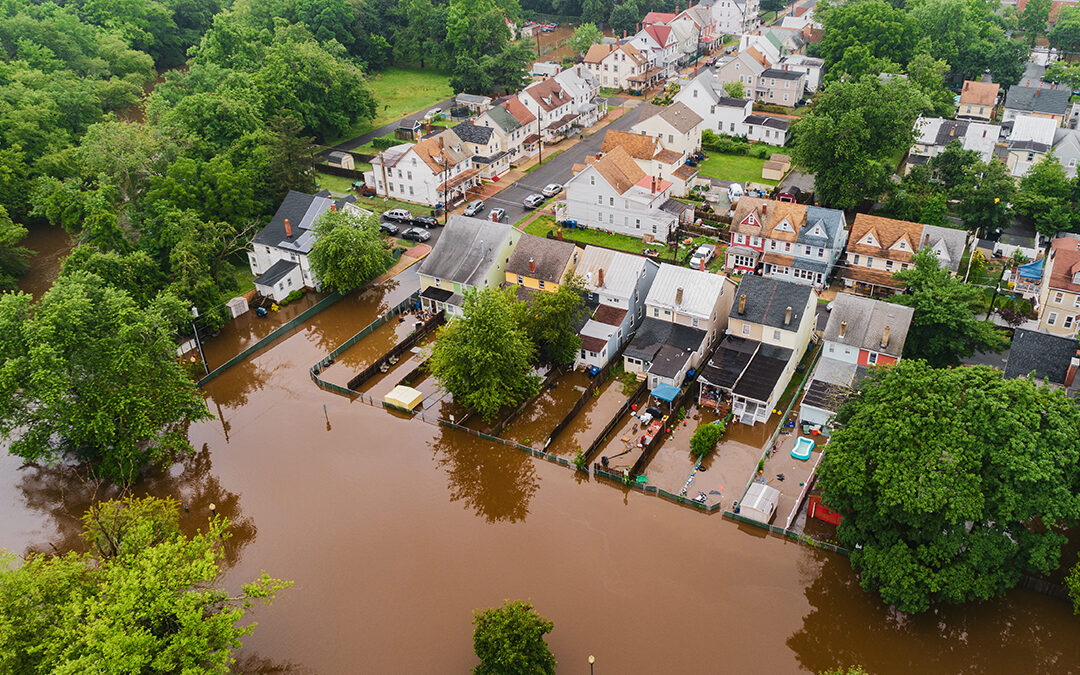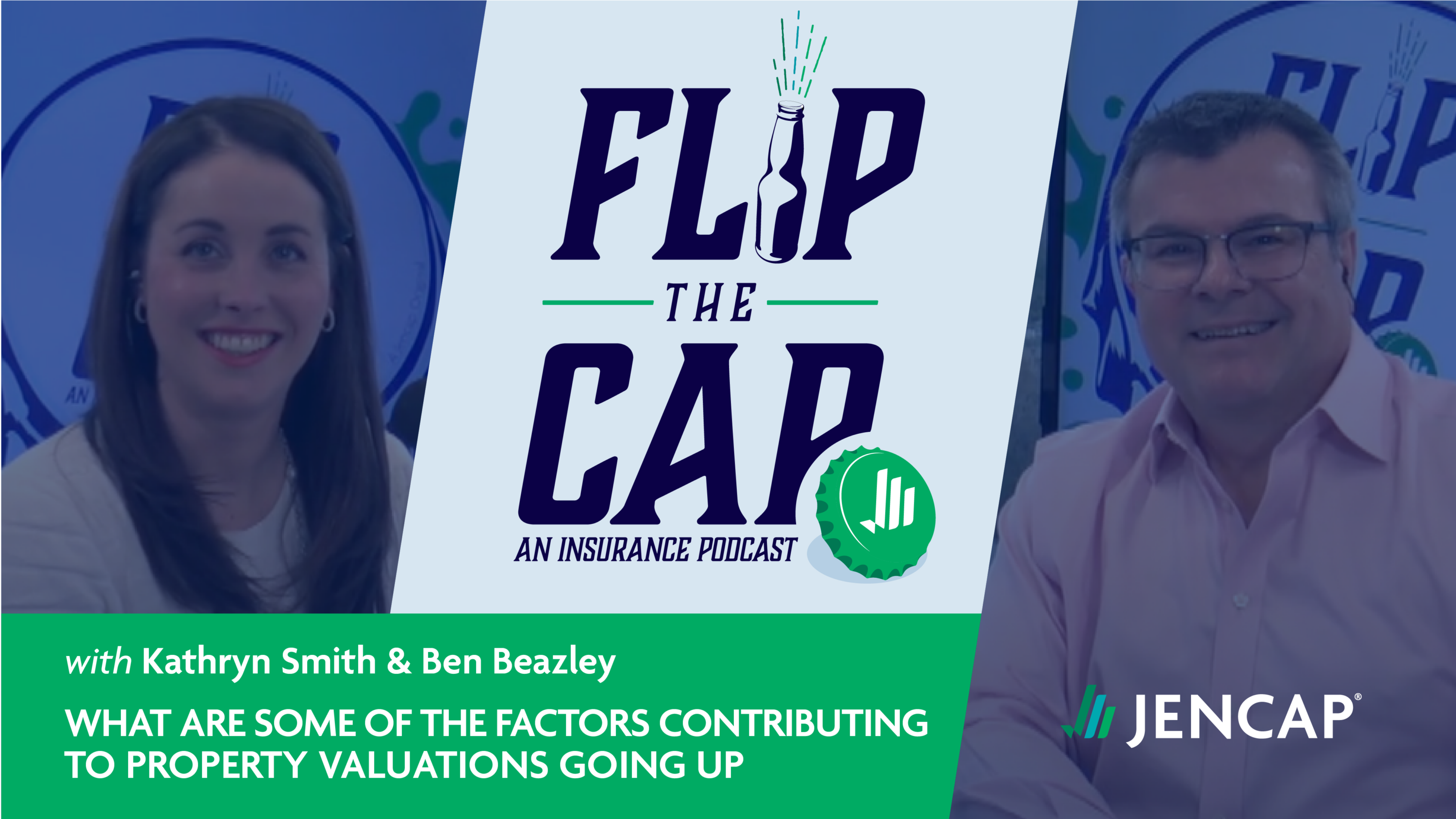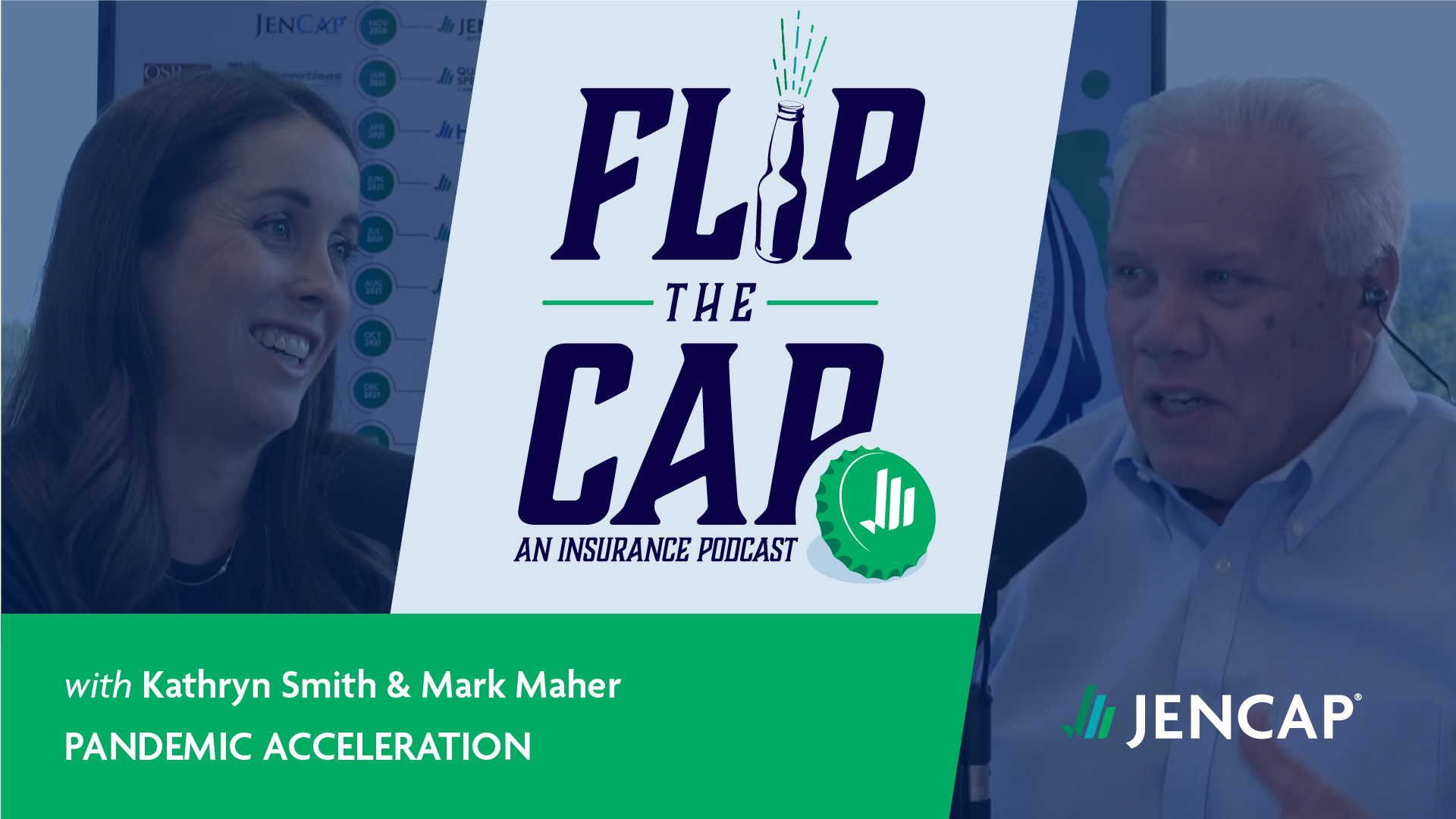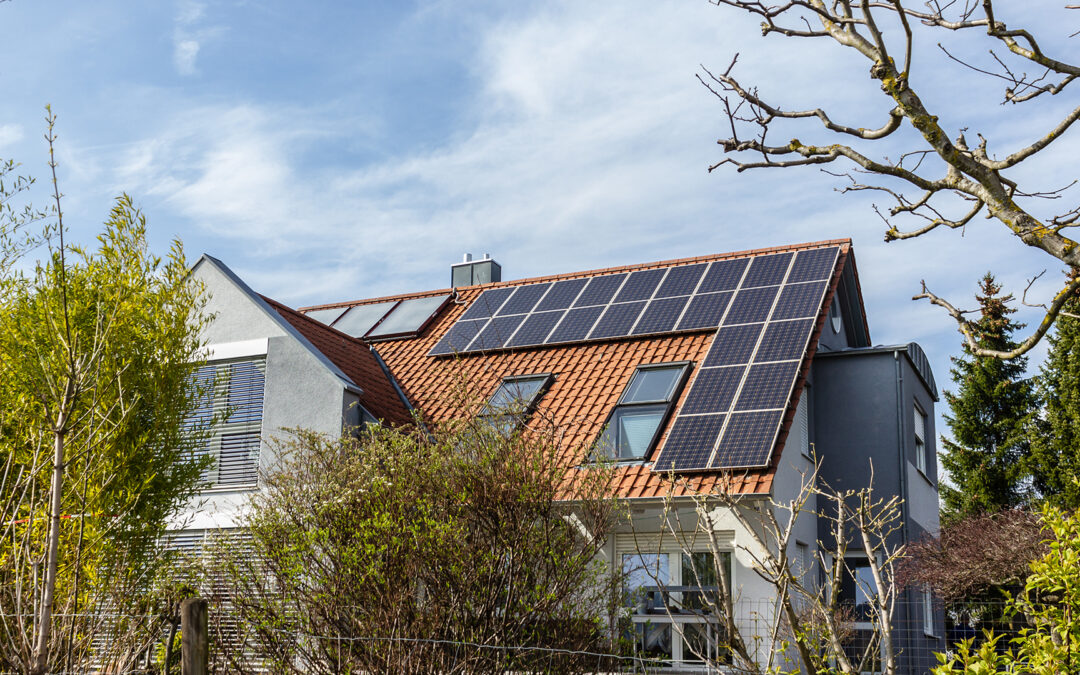2020 changed the landscape of the insurance world. The COVID-19 pandemic, domestic and global unrest, supply chain disruptions, and a litany of weather-related catastrophes took their toll on the property and casualty markets, as well as personal lines coverage. Carriers battened down the hatches and insureds were faced with tightening restrictions, nonrenewals, and difficulties finding coverage. All these factors forced insureds (and their agents) to explore options outside the admitted markets and drove business to surplus lines.
Now, as we move into 2024, we can expect the year ahead to be a time of transition for the property market. One thing is certain, however: the surplus line market has become a major player in the property space, and that’s not changing anytime soon. According to PropertyCasualty360, surplus lines are currently a $98.5 billion market, contributing a total of 11.2% to total property and casualty premium.
Understanding property and casualty market trends and the direction of the surplus market will be critical for carriers, agents, and insureds alike. Here is a breakdown of what to pay attention to in the coming year.
First, what are surplus lines?
Surplus lines, also known as excess and surplus (E&S), provide coverage for risks that are deemed too high or unusual for standard insurance carriers in the traditional, admitted market. E&S coverage, offered by non-admitted specialized insurers like Lloyds of London or Berkshire Hathaway, caters to individuals and businesses facing unique risks that demand tailored coverage solutions. Homeowners may, for example, turn to the surplus market to find coverage for residences in high-risk areas prone to natural disasters, such as hurricanes, earthquakes, or wildfires.
Surplus Marketplace Trends to Watch in 2024
1. Hard-market underwriting in the admitted markets continues to drive business to the surplus market.
The hard-market underwriting and limited capacity we’ve experienced over the past few years in admitted markets have put some homeowners with unusual or higher-risk properties in a tough spot. Admitted carriers have become increasingly risk averse, and, as a result, many have pulled back on coverage, raised rates where they can, reduced limits, and tightened up on terms. In some cases, carriers have been simply refusing to write for classes of business that they previously covered.
This has led homeowners to turn to surplus lines for coverage. The E&S market has demonstrated extreme flexibility and adaptability during difficult economic conditions and has been able to expand capacity to offer what admitted markets can’t. As traditional markets become increasingly stringent in their underwriting practices, we can expect that the surplus lines market will continue to offer a lifeline by providing coverage for risks that might otherwise go uninsured.
2. Climate and weather-related catastrophes continue to increase risk in certain states and regions.
The surge in climate and weather-related catastrophes has made securing traditional property insurance more challenging. Homeowners — particularly in CAT-prone states like Florida and California — are finding it difficult to obtain adequate coverage in the face of rising climate risks. Admitted carriers are raising rates dramatically, reducing their exposures, targeting premier businesses only, or opting to exit the market altogether.
According to Mark Maher, President of Jencap, “The growth in surplus lines business in California and Florida has been dramatic. We may have seen weather-related events ease slightly this past year, but overall, the wind and flood risks in Florida and the wildfires in California are something we’ll always have to contend with. It’s no surprise that a lot of personal lines business in those states has permanently become surplus lines business.”
3. E&S is becoming a viable option for smaller risks.
Gone are the days where only specialized risks sought out E&S coverage. Traditionally associated with high-risk scenarios, the surplus lines market is increasingly becoming a viable option for lower and middle-market risks. Thanks to factors like increased weather-related catastrophes, rising claim costs, carrier capacity constraints, and higher reinsurance costs, agents are struggling to place even “desirable risks” within the admitted market. In these scenarios, surplus lines providers are stepping up to fill the gap for a broader range of clients.
4. New E&S carriers and solutions continue to come to market — but at what cost?
The surplus lines market has experienced an influx of new carriers, drawn by the opportunities presented in the E&S space. These newcomers bring fresh perspectives and innovative solutions to an evolving market, expanding the options available to consumers seeking surplus coverage.
Newcomers and incumbents alike continue to introduce new products and solutions to meet the growing surplus market demands. Expert brokers familiar with operating in the E&S space are known for their creative problem-solving and ability to stitch together coverage across multiple carriers. With new carriers entering the space, these brokers will have more options to work with. In addition, innovations in technology are enabling underwriters to automate their processes, respond more quickly, prequalify accounts, and better assess risks.
The question, however, is whether E&S carriers — new and established alike — can offer solutions at a price point that insureds can accept. “There’s always a solution,” says Danny Walsh, personal lines expert at Jencap. “But at what price? A homeowner may be able to get coverage in the surplus market, but can they afford to pay for it?”
5. E&S is experiencing a talent shortage, as they work to meet demand.
Across the entire property and casualty market, it’s been a challenge to identify and hire enough emerging talent — and that rings particularly true for the E&S sector, where expertise and innovative thinking are essential to success. Insurance brokerages and carriers are all facing a challenge in hiring enough talent to keep up with the increasing business demands.
The talent shortage may be felt most acutely during the submission process — there simply aren’t enough surplus underwriters to keep up. This underscores the importance of working closely with brokers who have strong, established relationships with surplus carriers and their underwriters and can leverage that to their clients’ advantage.
“Brokers who have experience in the E&S space are a valuable asset during the submission process,” explains Walsh “They know what different carriers are looking for when they assess risk and what information to include in the submission to avoid delays. Because of the trust they’ve built up with their surplus carrier partners, they can often get a submission moved closer to the top of an underwriter’s ever-growing pile.”
The Jencap Advantage in the Surplus Market
The surplus lines homeowners market is facing challenges, but it is one of the most innovative sectors in the insurance space. Reduced risk appetites, lower capacity, and rate changes are a natural response to current trends and should not be viewed as a sign of pending disaster. As some coverage avenues and markets become less viable, other enterprises will rise to fill the market need.
As the market fortifies against current obstacles, it also demonstrates its resilience. Stability will return to the market as insurers, carriers, and insureds pivot to find solutions that work in the new landscape.
In the midst of these shifting market dynamics, it’s critical that retail agents foster strong relationships with surplus lines carriers. For most agents, this will mean partnering with a wholesale broker who has access to a broad range of surplus markets and long-standing relationships to negotiate the most favorable terms and pricing possible for homeowners. As one of the largest wholesale brokers in the U.S., Jencap can provide nationwide access to both the admitted and surplus markets, ensuring that you can offer the solutions your homeowner clients need. Contact Jencap today for more information.

































